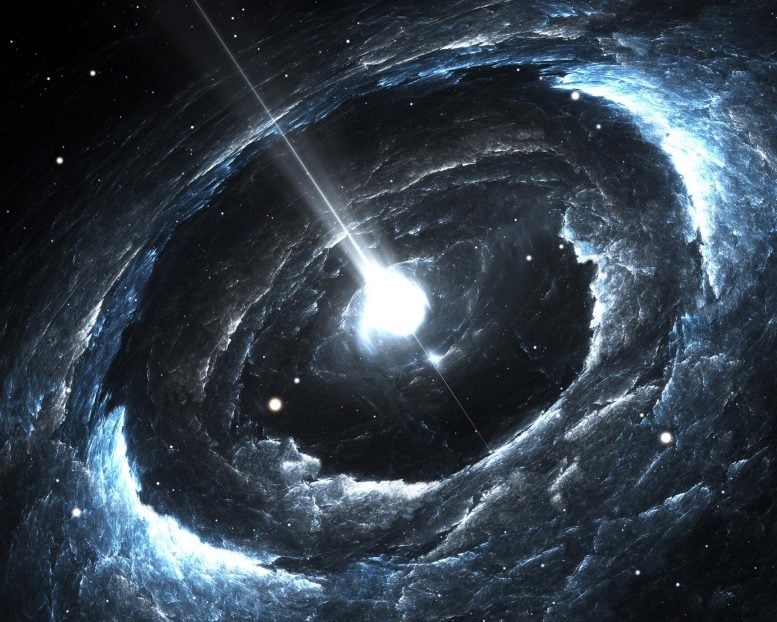
The U.S. Naval Research Laboratory and the Fermi Large Area Telescope Collaboration have discovered nearly 300 gamma ray pulsars, advancing pulsar research and contributing to gravitational wave studies and navigation applications. The findings also include insights into “spider” pulsars, where a neutron star interacts intensively with its binary companion.
The U.S. Naval Research Laboratory (NRL), in conjunction with the international Fermi Large Area Telescope Collaboration, has announced the discovery of almost 300 gamma ray pulsars. This announcement was made in their Third Catalog of Gamma Ray Pulsars, marking a significant achievement 15 years after the 2008 launch of the Fermi telescope. At the time of Fermi’s launch, there were less than ten known gamma-ray pulsars.
“Work on this important catalog has been going on in our group for years,” said Paul Ray, Ph.D., head of the High Energy Astrophysics and Applications Section at NRL. “Our scientists and postdocs have been able to both discover and analyze the timing behavior and spectra of many of these newfound pulsars as part of our quest to further our understanding of these exotic stars that we are able to use as cosmic clocks.”
Pulsars are formed when massive stars have burned through their fuel supply and become unable to resist the inward pull of their own gravity. This results in the star collapsing into a dense, spinning magnetized neutron star. Their spinning magnetic fields send out beams of gamma rays, the most energetic form of light. As these beams sweep across the Earth, the highly sensitive Fermi gamma-ray telescope can observe their periodic pulses of energy. With more than 15 years of data, Fermi has transformed the field of pulsar research.
Millisecond Pulsars and Gravitational Waves
“We have been very excited about how many millisecond pulsars (MSPs) we have been able to detect using these gamma rays,” said Matthew Kerr, Ph.D., an NRL astrophysicist. “We are able to study these objects that began as young pulsars in a binary system. Like a spinning top, they eventually slowed down and became inert. Over the past hundreds of millions of years, their binary companions dumped matter onto them, causing their speed to increase again, very dramatically and far faster than before, “recycling” these pulsars into MSPs. These high speed MSPs are now some of Nature’s most precise timekeepers.”
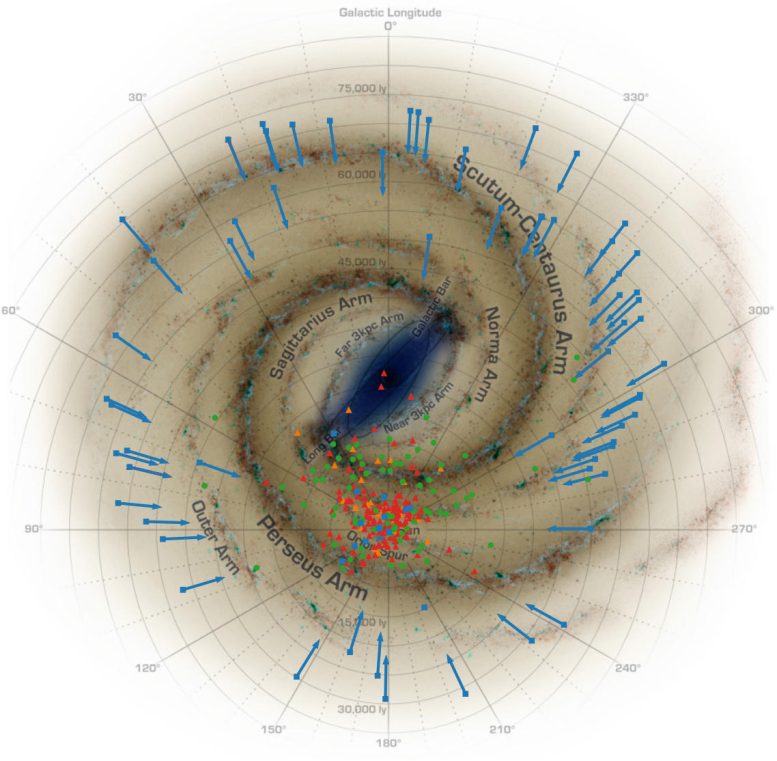
The positions of the cataloged pulsars are shown in a top-down view of the Milky Way. The red and orange symbols indicate millisecond pulsars, while the green and blue symbols indicate young, unrecycled pulsars. Some radio-quiet pulsars (blue symbols) do not have well-measured distances, so their positions only indicate the direction of these pulsars. Credit: Reid; M. J; et al.; Harvard-Smithsonian Center for Astrophysics
Scientists have been using these cosmic clocks in experiments called Pulsar Timing Arrays. By searching for tiny deviations in the times at which the pulses arrive, scientists have been able to search for ripples in spacetime. These ripples, known as gravitational waves, are produced when very massive objects, like pulsars, accelerate very quickly. Very strong gravitational wave sources indicate a cataclysmic crash of dense, compact objects such as neutron stars and black holes.
Recently, several pulsar timing array collaborations, including several NRL researchers, published the first compelling evidence for very low-frequency gravitational waves, likely from the merger of supermassive black holes. “These are such exciting results,” said Thankful Cromartie, Ph.D., a National Research Council Research Associate at NRL. “These low-frequency gravitational waves allow us to peer into the centers of massive galaxies and better understand how they were formed.”
Practical Applications and Future Research
The pulsar timing array results have important practical applications as well. The spacetime distortions set a limit on how precisely we can use pulsars for critical navigation and timing. In pulsar-based navigation, these spinning pulsars play much the same role as GPS satellites do, but we are able to use them far beyond the Earth’s orbit. “Now we know where that ultimate stability limit is,” said Dr. Ray.
Using Fermi’s gamma ray detection abilities are also having an impact on pulsar timing array work. “Previously, once we found an MSP we had to hand it off to radio astronomers to monitor with huge telescopes,” said Dr. Kerr. “What we have found is that Fermi is sensitive enough by itself to constrain these gravitational waves and, unlike radio waves, which are bent like the light in a prism as they travel to earth, the gamma rays shoot straight to us. This reduces potential systemic errors in measurements.”
For Megan DeCesar, Ph.D., a George Mason University scientist working at NRL, the most intriguing aspect of the new work is the dramatic increase of “spider” pulsars. “Spider pulsars are named after arachnids that eat their smaller mates,” DeCesar said. “Something similar can happen when a neutron star and its binary companion are very close to each other and the MSP “recycling” process gets a little carried away. The intense radiation and particle wind from the pulsar eats away at the surface of the other star, resulting in a puffball of evaporated material.”
When compared to radio observations, Fermi is particularly adept at finding these “spiders” as, in many cases, radio waves are eclipsed as the pulsar beam passes the remnants of the companion star. Gamma rays, however, are capable of passing right through. “While it may be that spider systems are also intrinsically brighter in gamma rays, studying them will help us to understand their origins and the bonanza of discoveries we have made with Fermi,” said DeCesar.
Reference: “The Third Fermi Large Area Telescope Catalog of Gamma-Ray Pulsars” by D. A. Smith, S. Abdollahi, M. Ajello, M. Bailes, L. Baldini, J. Ballet, M. G. Baring, C. Bassa, J. Becerra Gonzalez, R. Bellazzini, A. Berretta, B. Bhattacharyya, E. Bissaldi, R. Bonino, E. Bottacini, J. Bregeon, P. Bruel, M. Burgay, T. H. Burnett, R. A. Cameron, F. Camilo, R. Caputo, P. A. Caraveo, E. Cavazzuti, G. Chiaro, S. Ciprini, C. J. Clark, I. Cognard, A. Corongiu, P. Cristarella Orestano, M. Crnogorcevic, A. Cuoco, S. Cutini, F. D’Ammando, A. de Angelis, M. E. DeCesar, S. De Gaetano, R. de Menezes, J. Deneva, F. de Palma, N. Di Lalla, F. Dirirsa, L. Di Venere, A. Domínguez, D. Dumora, S. J. Fegan, E. C. Ferrara, A. Fiori, H. Fleischhack, C. Flynn, A. Franckowiak, P. C. C. Freire, Y. Fukazawa, P. Fusco, G. Galanti, V. Gammaldi, F. Gargano, D. Gasparrini, F. Giacchino, N. Giglietto, F. Giordano, M. Giroletti, D. Green, I. A. Grenier, L. Guillemot, S. Guiriec, M. Gustafsson, A. K. Harding, E. Hays, J. W. Hewitt, D. Horan, X. Hou, F. Jankowski, R. P. Johnson, T. J. Johnson, S. Johnston, J. Kataoka, M. J. Keith, M. Kerr, M. Kramer, M. Kuss, L. Latronico, S.-H. Lee, D. Li, J. Li, B. Limyansky, F. Longo, F. Loparco, L. Lorusso, M. N. Lovellette, M. Lower, P. Lubrano, A. G. Lyne, Y. Maan, S. Maldera, R. N. Manchester, A. Manfreda, M. Marelli, G. Martí-Devesa, M. N. Mazziotta, J. E. McEnery, I. Mereu, P. F. Michelson, M. Mickaliger, W. Mitthumsiri, T. Mizuno, A. A. Moiseev, M. E. Monzani, A. Morselli, M. Negro, R. Nemmen, L. Nieder, E. Nuss, N. Omodei, M. Orienti, E. Orlando, J. F. Ormes, M. Palatiello, D. Paneque, G. Panzarini, A. Parthasarathy, M. Persic, M. Pesce-Rollins, R. Pillera, H. Poon, T. A. Porter, A. Possenti, G. Principe, S. Rainò, R. Rando, S. M. Ransom, P. S. Ray, M. Razzano, S. Razzaque, A. Reimer, O. Reimer, N. Renault-Tinacci, R. W. Romani, M. Sánchez-Conde, P. M. Saz Parkinson, L. Scotton, D. Serini, C. Sgrò, R. Shannon, V. Sharma, Z. Shen, E. J. Siskind, G. Spandre, P. Spinelli, B. W. Stappers, T. E. Stephens, D. J. Suson, S. Tabassum, H. Tajima, D. Tak, G. Theureau, D. J. Thompson, O. Tibolla, D. F. Torres, J. Valverde, C. Venter, Z. Wadiasingh, N. Wang, N. Wang, P. Wang, P. Weltevrede, K. Wood, J. Yan, G. Zaharijas, C. Zhang and W. Zhu, 27 November 2023, The Astrophysical Journal.
DOI: 10.3847/1538-4357/acee67
The Third Catalog of Gamma-Ray Pulsars is published in the Astrophysical Journal, Supplement. This compilation of the latest information on gamma ray pulsars, with its consistent form, should prove invaluable to the scientific community.

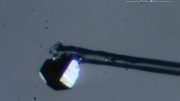
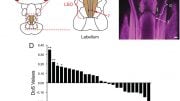
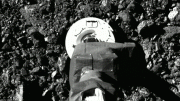





Be the first to comment on "Gamma Ray Breakthrough: Pulsars Propel Astrophysics Into a New Era"